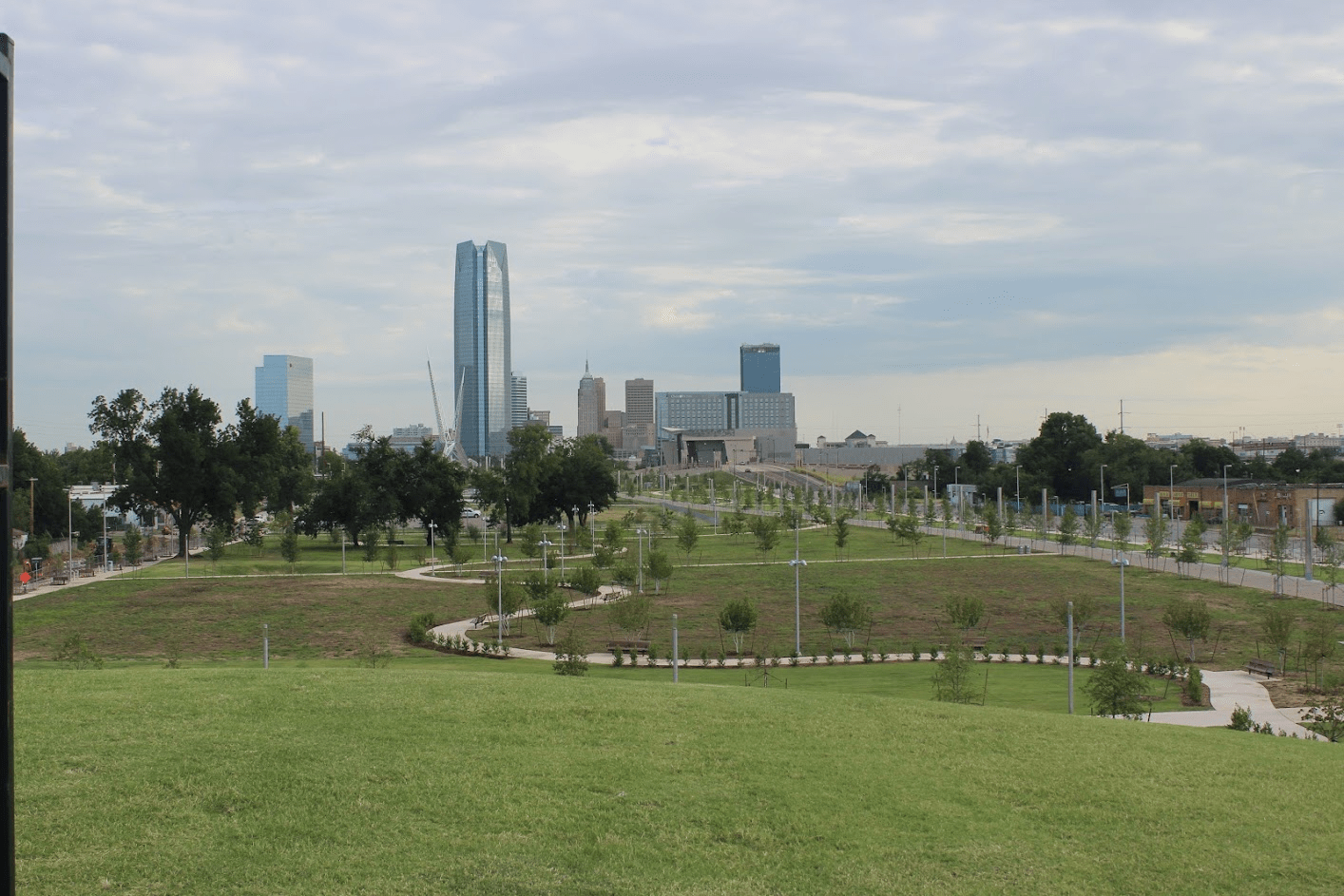The modern urban environment often risks becoming a concrete jungle. Yet, it's the refreshing burst of green spaces that breathes life into the city's steel and stone heart. As integral as they are to city living, it's not just about planting trees or laying grass; it's about choosing the right materials that ensure these green pockets are both functional and long-lasting. Let's explore this further.
Understanding Commercial Parks and Green Spaces
In our rapidly urbanizing world, commercial parks and green spaces are invaluable, acting as communal backyards where memories are made. They don’t just serve as leisure spots but are crucial to urban ecosystems. They filter our air, provide habitats, and foster community bonding. Each park, whether a sprawling expanse or a compact corner, is meticulously planned to cater to a community's diverse needs while ensuring environmental harmony.
Ground Covers: The Foundations of Green Spaces
The very ground of these spaces has to be both durable and pleasant. Grass, that green carpet, requires special attention. While some varieties can handle throngs of park-goers, others are specifically cultivated for their drought-resistance, ideal in drier urban climates. Then there's mulch. Organic varieties, like bark or compost, enrich the soil, while inorganic types, such as gravel or rubber, can delineate spaces or pathways. Speaking of paths, permeable pavers are gaining traction, combining functionality with sustainability. They give a structured pathway, yet allow rainwater to seep through, reducing runoff and pooling.
Trees: The Majestic Pillars of Parks
Every tree in a park is a deliberate decision. Native species are often preferred, not just for their environmental compatibility but because they resonate with local memories and histories. However, the aesthetics and utility of exotic or non-native trees are sometimes leveraged for visual diversity. While fast-growing trees offer quick shade and cover, slow-growing ones are an investment in the park's future. Their unhurried growth often results in robust, long-lived trees that might witness generations of park-goers.
Shrubs and Bushes: Natural Fences and Aesthetic Enhancers
Between the towering trees and ground cover lies the versatile middle-ground of shrubs and bushes. They're the unsung heroes, offering privacy, reducing noise, and acting as natural dividers or boundaries. Seasonal bushes bring cyclical vibrancy, with flowers and foliage changing through the year. This dynamic display not only enhances visual interest but supports varied fauna through the seasons. Additionally, in bustling urban settings, certain resilient varieties can act as green barriers against pollution.
Water Features: Fountains, Ponds, and Streams
Water, with its soothing visuals and sounds, adds dynamism to a park. Beyond their aesthetic appeal, water features play a role in microclimate control, offering cooling effects in summer months. The materials—be it natural stone, ceramics, or modern composites—define the feature's look and longevity. Water plants, from lilies to reeds, bring life to these features. Moreover, regular maintenance, including water quality checks, ensures these features remain pristine and safe, adding to the park's overall ambiance.
Hardscape Elements: Benches, Gazebos, and More
A park isn’t just about nature. Hardscape elements, from benches to gazebos, offer structure and function. Stone, with its timeless appeal, might be used for pathways or seating, while wood brings a natural warmth to gazebos or picnic spots. With sustainability at the forefront, recycled materials are being increasingly used, be it in benches or playground installations. Furthermore, finishes that resist rain, sun, and time ensure these installations remain functional and attractive for years.
Pathway Materials: Guiding the Journey
Pathways are more than functional elements; they guide the visitor’s journey, both physically and emotionally. Gravel and crushed stone pathways have a rustic charm, their crunch underfoot evoking feelings of nature. In contrast, brick or stone pavers bring order and elegance. For those looking for fitness, rubberized tracks offer a cushioned surface, reducing impact and strain during jogs or runs.
Lighting: Illuminating Nightscapes
As the sun sets, a well-lit park transitions seamlessly into a safe and inviting nocturnal space. Solar-powered lights are both eco-friendly and reliable. Modern LED installations, with their longevity and lower energy consumption, have become the mainstay. Strategic positioning, intensity control, and even color can shape a park's nighttime personality, making it a 24-hour asset to the community.
Art Installations: Statues, Murals, and More
Art in a park is more than decor; it's a dialogue between culture and nature. Materials, from weathered bronze to vibrant ceramics, tell tales of time and craft. Interactive installations, perhaps ones that move with the wind or change with seasons, engage visitors, making them more than passive observers. Moreover, art pieces that complement and enhance their natural surroundings create a harmonious blend, elevating the park experience.
Play Areas: Safety and Fun Combined
For many, parks are synonymous with play. Ensuring safety in these zones is paramount. Ground covers like rubber mulch offer cushioning, while wood chips provide a natural, absorbent surface. Play structures made from recycled plastic are not just sustainable but also resistant to wear and tear, ensuring years of safe fun.
Planters and Raised Beds: Elevated Greenery
The elevated beauty of planters and raised beds offers a different perspective. The material—wood, stone, or metal—can define its aesthetic, but the right soil mix ensures plants thrive. Regular maintenance keeps these looking their best.
Crafting a Harmonious Symphony of Materials
In the intricate dance of nature and urban planning, each material plays its part. It’s not just about aesthetics, but longevity, sustainability, and functionality. As we look forward to more green spaces in our urban sprawl, we lean on landscape architects and urban planners to keep evolving, ensuring commercial parks and green spaces are both a sight to behold and a joy to experience.








![All About Soil Compaction: Causes, Challenges & Solutions [A Guide]](https://4445234.fs1.hubspotusercontent-na1.net/hub/4445234/hubfs/Imported_Blog_Media/plants-2411458_1920-1024x683.jpg?width=725&name=plants-2411458_1920-1024x683.jpg)
